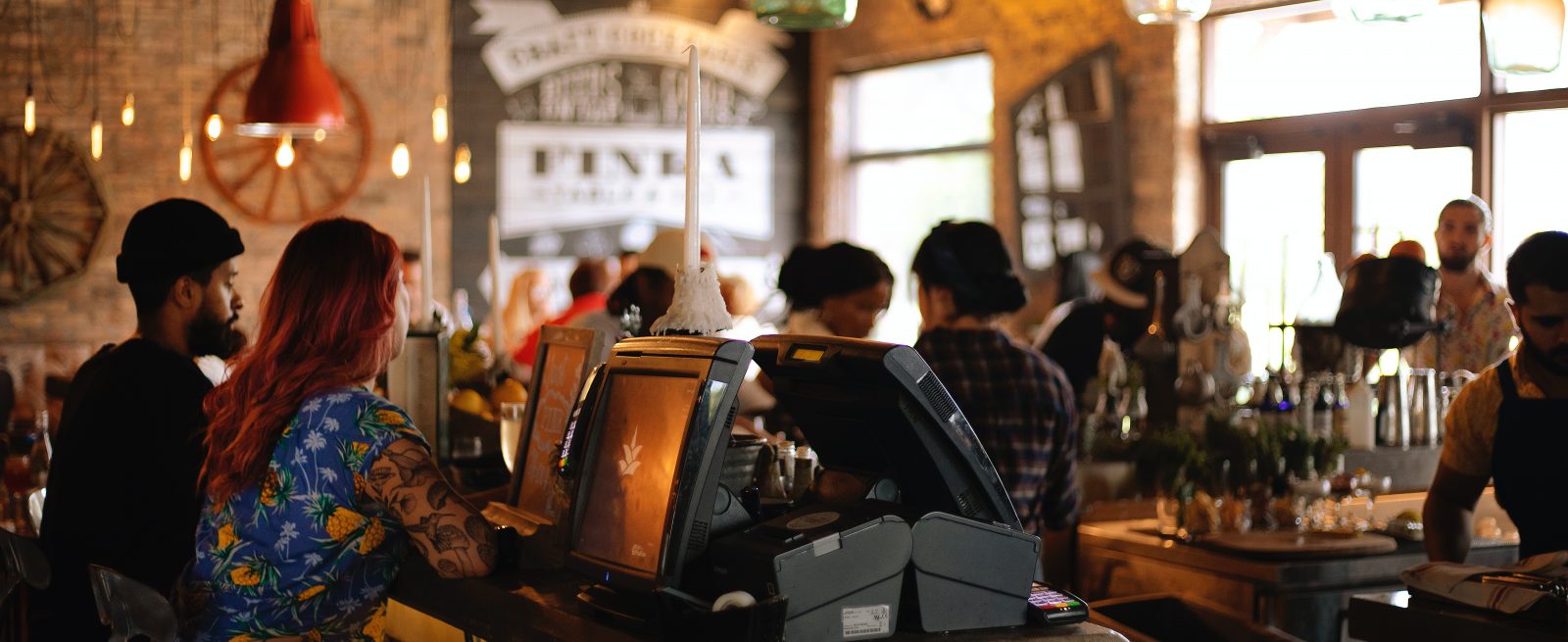Why Cybercriminals Target Restaurants and How to Protect Yours
3 Min Read By Devin Partida
Running a restaurant today is a challenging undertaking. Some challenges, like crowded and highly competitive markets and shifting consumer demands, have always been relevant to restaurant owners. Now, as restaurants embrace new technologies, there’s another threat to consider: cybercrime.
Cybercriminals are a growing threat to virtually every industry. In 2020 alone, the FBI received 791,790 internet crime complaints, which is 300,000 more than the year prior. While most people may associate these incidents with industries like tech or banking, they affect everyone.
Why Restaurants Are Vulnerable to Cyberattacks
Cybercriminals attack restaurants for the same reason they target companies in any other industry: money. You may handle hundreds or even thousands of customers’ credit cards every day, representing a significant payday for a successful cyberattack.
Cybercriminals once infected 1,025 Wendy’s point-of-sale systems to steal credit card data, resulting in a $3.4 million class-action lawsuit.
Thanks to mobile ordering apps or loyalty programs, you may also have customers’ names, addresses, and other sensitive data. This is valuable information, and cybercriminals know they could hold it for ransom or sell it on the Dark Web. You may also use plenty of internet-connected devices like iPads or smartphones for taking orders. Having more devices on a network means attackers have more ways to access your data.
Finally, cybercriminals attack restaurants because they’re often easy targets. The shift to digital technologies is relatively new, so many restaurants don’t have any cybersecurity measures in place yet. It’s time for that to change.
Best Cybersecurity Practices for Restaurants
As troubling as this issue is, it’s not without a solution. With just a few actions, you can significantly reduce the likelihood of a hacker stealing from you or your customers. Here are three of the most crucial cybersecurity practices for restaurants.
1. Secure and Segment Your Wi-Fi
One of the most common restaurant vulnerabilities is their Wi-Fi. On an open Wi-Fi network, hackers intercept connections so that users unintentionally send data to the hacker instead of directly to the hotspot. You can prevent this by password-protecting your network and turning on encryption on your router.
You should also segment your restaurant’s internet, using separate networks for customers and workstations. You can go a step further by hosting your most sensitive systems, like cash registers, on a separate network from other work devices. This segmentation will minimize the number of entry points a hacker has into your systems.
2. Install and Update Security Software
You should also install security software like anti-malware solutions on all of your devices. According to one study, 42 percent of cybersecurity incidents in retail and hospitality this year have come from malware, more than any other category. Without reliable and robust security software in place, you won’t be able to detect and stop these malicious programs.
Many businesses fall short in their cybersecurity strategy because they install this software but don’t update it. Cybercriminals frequently develop new ways to get past defenses, which cybersecurity professionals address by releasing regular patches. Enabling automatic updates will ensure you stay safe from these developing threats. This applies to security software and device firmware.
3. Educate Employees
No matter how sophisticated your cybersecurity is, human error can still jeopardize it. Consequently, you should educate all employees about safe security practices like using strong passwords, not opening suspicious emails, and always logging out of devices. Be sure to hold regular refresher training to ensure no one forgets these best practices.
Many cybercriminals infiltrate systems by sending messages disguised as officials, like food safety officers. If employees can spot these scams, they can avoid accidentally installing malware. The Federal Trade Commission has resources on how to recognize these phishing attacks you can use.
Restaurants Today Must Embrace Cybersecurity
Cybercriminals are an attentive group. They know that restaurants are relying more heavily on digital technologies and are taking advantage of the situation. As these threats continue to grow, restaurants must learn to prevent cyberattacks. You don’t need to be a cybersecurity expert to stay safe. Follow these best practices and consult industry experts, and you’ll protect your business and your customers.


